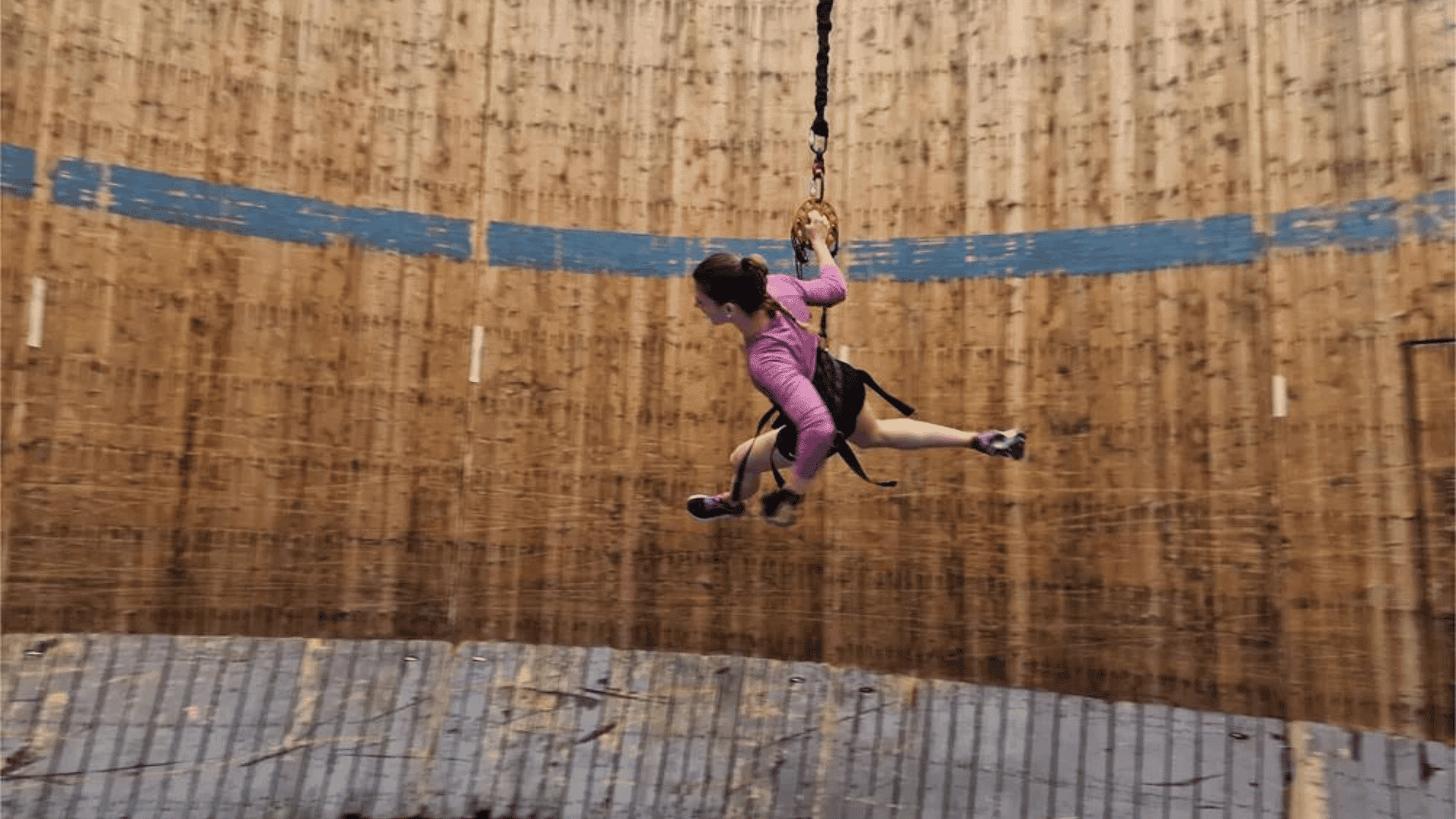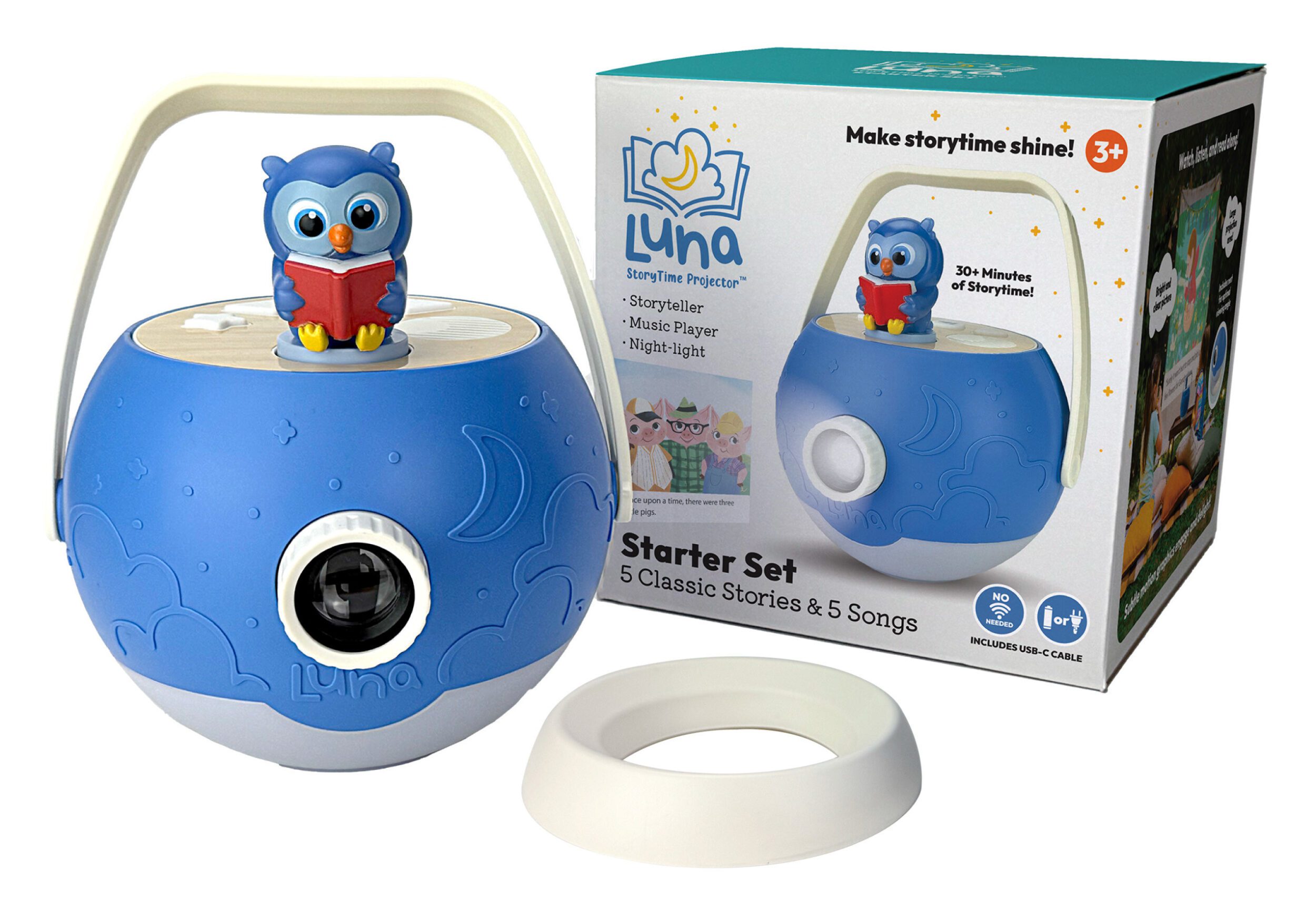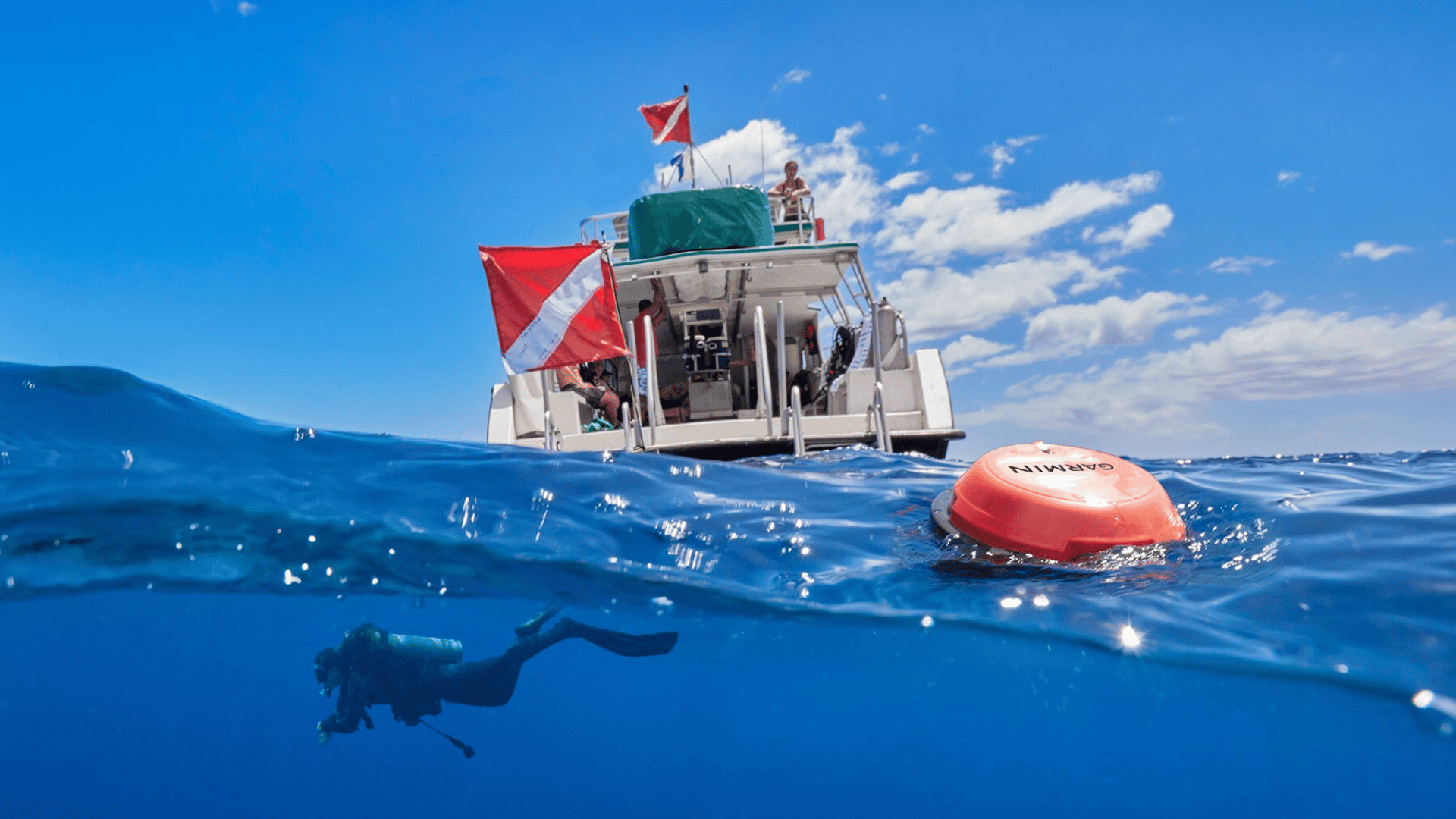Motorcyclists have long ridden on an apparatus called the “wall of death,” which involves driving in circles parallel to the ground. Taking inspiration from this structure, scientists are theorizing that something similar could be used for astronauts to exercise.

With NASA’s Artemis missions, astronauts plan to return to the moon as soon as 2026 and hope to eventually set up a permanent settlement on the moon to prepare for future Mars missions.
In addition to challenges surrounding essential resources such as water, food, and oxygen, a moon settlement will challenge astronauts to stay healthy. This is because lunar gravity is one-sixth the strength of Earth’s.
Therefore, astronauts will lose muscle mass and bone density with extended space trips because human bodies won’t contend with as much gravitational resistance. Microgravity also affects how blood flows around the body and could harm the cardiovascular system.
Explore Tomorrow's World from your inbox
Get the latest science, technology, and sustainability content delivered to your inbox.
I understand that by providing my email address, I agree to receive emails from Tomorrow's World Today. I understand that I may opt out of receiving such communications at any time.
Astronauts on the International Space Station use a zero-gravity treadmill, but this still doesn’t equate to jogging under the force of Earth’s gravity. A group of researchers has theorized that a wall of death could be the solution.
To test their idea, scientists rented a wall of death from an amusement park and set up a 118-foot telescopic crane nearby. Bungee cords were attached to two volunteers, and a crane was used to support their weight, making them 83 percent lighter and mimicking the gravity of the moon.
The volunteers then ran around the Wall of Death, approximately 100 feet in circumference, and completed a few laps at high speeds of 12 to 14.5 miles per hour. Unlike in Earth’s gravity where it’s impossible to reach speeds fast enough to remain on the wall, the volunteers could stay on the wall if they sprinted.
This type of exercise could go a long way to allowing astronauts to maintain muscle mass and bone strength. After reviewing the volunteers’ data, researchers suggested that “running twice a day, for a few minutes at a time, should be enough,” says study co-author Alberto Minetti, a physiologist at the University of Milan in Italy, to New Scientist.
In addition to helping astronauts stay in shape, it will help them prepare for return journeys to Earth so that the adjustment to Earth’s gravity isn’t as jarring. Rather than transporting a wall of death to the moon, which would pose logistical problems, researchers have proposed building cylindrical homes in the lunar settlement so that astronauts could run around these structures.







